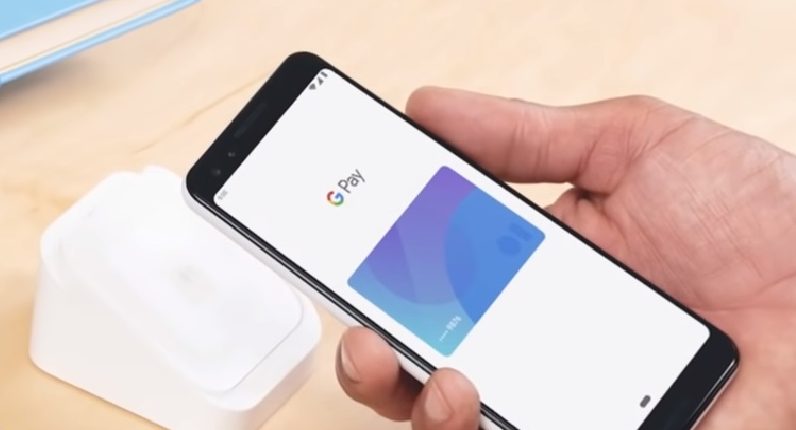India’s Unified Payments Interface (UPI) has been a huge hit since its launch, as it has been adapted by a large chunk of the Indian population already. Part of its success can be attributed to its accessibility, as it’s available through several different third-party UPI applications. The app that started it all, Google Pay, had lost its position to Walmart’s PhonePe back in October (at least according to PhonePe), but now it looks like it’s back in the game.
According to National Payments Corporation of India’s (NCPI) data, Google Pay tops the list of most used UPI apps in November 2020, with 960 million transactions worth Rs 1.61 lakh crore. It is followed by Flipkart’s PhonePe at second position, with almost a hundred million short in transactions compared to Google Pay. The Indian app registered 868 million transactions on its platform worth Rs 1.75 lakh crore.
Along with Paytm and Amazon Pay, these apps make up the top four. The Indian digital payments giant, Paytm registered 260 million UPI transactions, while Amazon Pay saw only 37 million transactions. NCPI’s own solution- BHIM UPI app, completes the top five, with 23 million transactions worth 0.07 lakh crore. The native apps launched by their respective banks have also seen some success, as most of them easily make it to the top 10 list.
All the previously mentioned apps are well-known names in the UPI ecosystem. WhatsApp Pay, however, is the latest entry to the well-established game. The platform allows its users to make UPI payments within the WhatsApp messenger. The Facebook owned messenger received a nod from NCPI in November, to fully launch its WhatsApp Pay service in India.
The service is certainly disadvantaged, as it entered the market late, and it shows in the numbers. WhatsApp Pay registered only 0.3 million transactions worth 13 crore, much lower than its competitors.
According to the NCPI’s data, the top two apps, Google Pay and PhonePe alone were responsible for around 82% of transaction volume on NCPI’s platform. The new guidelines, however, will require both PhonePe and Google Pay to reduce their market share to less than 30% by the end of 2021.
The number and volume of transactions show how much the apps have grown and how they are being used by the population. As for the nature of transactions, about 60% of the transactions made using the interface have been for peer-to-peer (P2P) or person-to-person transactions, while the rest were made to vendors and registered merchants.
The Unified Payments Interface was launched in 2016, and it has been widely adapted since then. The new interface was part of India’s push towards digitization, and especially cashless transactions. Overall, the Government’s project has been a huge success. As of November 2020, there were 200 banks live on UPI, which together have registered around 2.2 billion transactions.
The Tech Portal is published by Blue Box Media Private Limited. Our investors have no influence over our reporting. Read our full Ownership and Funding Disclosure →






